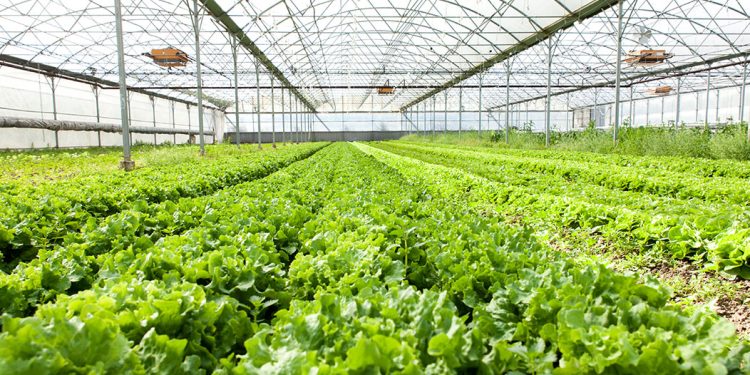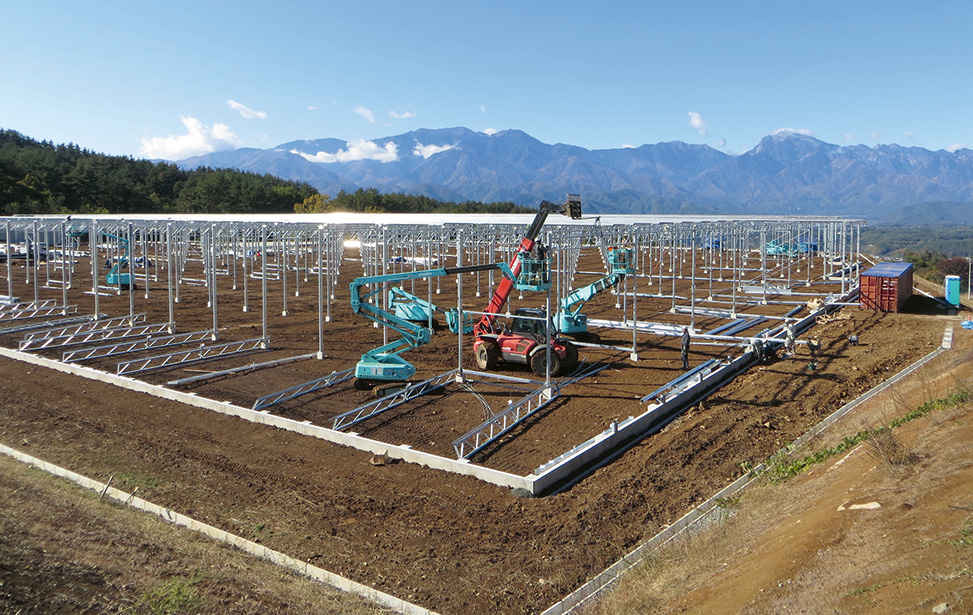#GreenhousePests #PestControl #VegetableProduction #SaladProduction #BiologicalControl #Insecticides #Sanitation #Monitoring #Prevention
Greenhouses provide a controlled environment for vegetable and salad production, but they can also be a breeding ground for pests. Common pests in greenhouses include aphids, thrips, spider mites, and whiteflies, which can damage or even destroy crops if left uncontrolled.
Causes of Pest Infestations
Pest infestations can occur due to a variety of factors, including poor sanitation, overcrowding of plants, and lack of proper ventilation. Greenhouses can also provide a warm and humid environment that is conducive to pest reproduction, making it important to implement preventative measures to keep pests at bay.
Methods of Pest Control
There are several methods of pest control that can be implemented to keep pest populations under control. One of the most effective methods is biological control, which involves the use of natural predators to target and control pest populations. Another method is the use of insecticides, which can be effective but must be used with caution to avoid harming the plants and the environment.
Prevention of Pest Infestations
Prevention is key when it comes to pest infestations in greenhouses. Proper sanitation and cleaning practices can help to reduce the risk of pests, as can the use of screens and netting to keep pests out. Regular inspections and monitoring can also help to catch pest infestations early, allowing for prompt action to be taken.
In conclusion, pests in vegetable and salad production in greenhouses can cause significant damage if left unchecked. Effective control and prevention methods include biological control, insecticides, proper sanitation, and monitoring. By implementing these measures, greenhouse growers can keep pests under control and protect their crops from damage.









